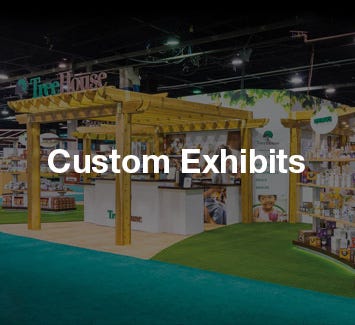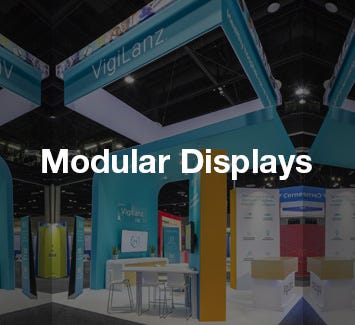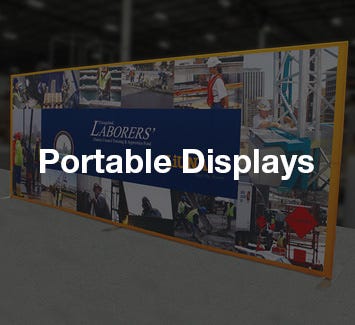Welcome to Nimlok Canada
®Nimlok® is a premier designer and builder of custom, modular and portable display solutions.
For over 50 years, Nimlok has been creating trade show displays and exhibits that enable exhibitors to engage their customers in completely unique ways.
We bring your brand to life.
Trade shows require a great deal of planning and preparation. This comprehensive checklist will help you plan and follow a schedule. You will find marketing ideas and guidelines to help you succeed.
An effective and creative trade show booth will wow attendees, engage booth visitors, and sell to clients and prospects. Featuring success stories from satisfied Nimlok customers, this e-book gives inspiration on how to wow, engage, and sell.
Get the most value out of every trade show you attend with this guide. Learn how to set clear goals, track measurable metrics, and evaluate trade show success.
For over 50 years, Nimlok has been designing and manufacturing quality custom, modular, and portable trade show displays and exhibits that enable exhibitors to engage their customers face-to-face in unique and memorable ways. When you work with Nimlok Canada, you tap into one of the world’s largest and most experienced exhibition design companies – a global operation with more than four decades of experience.













